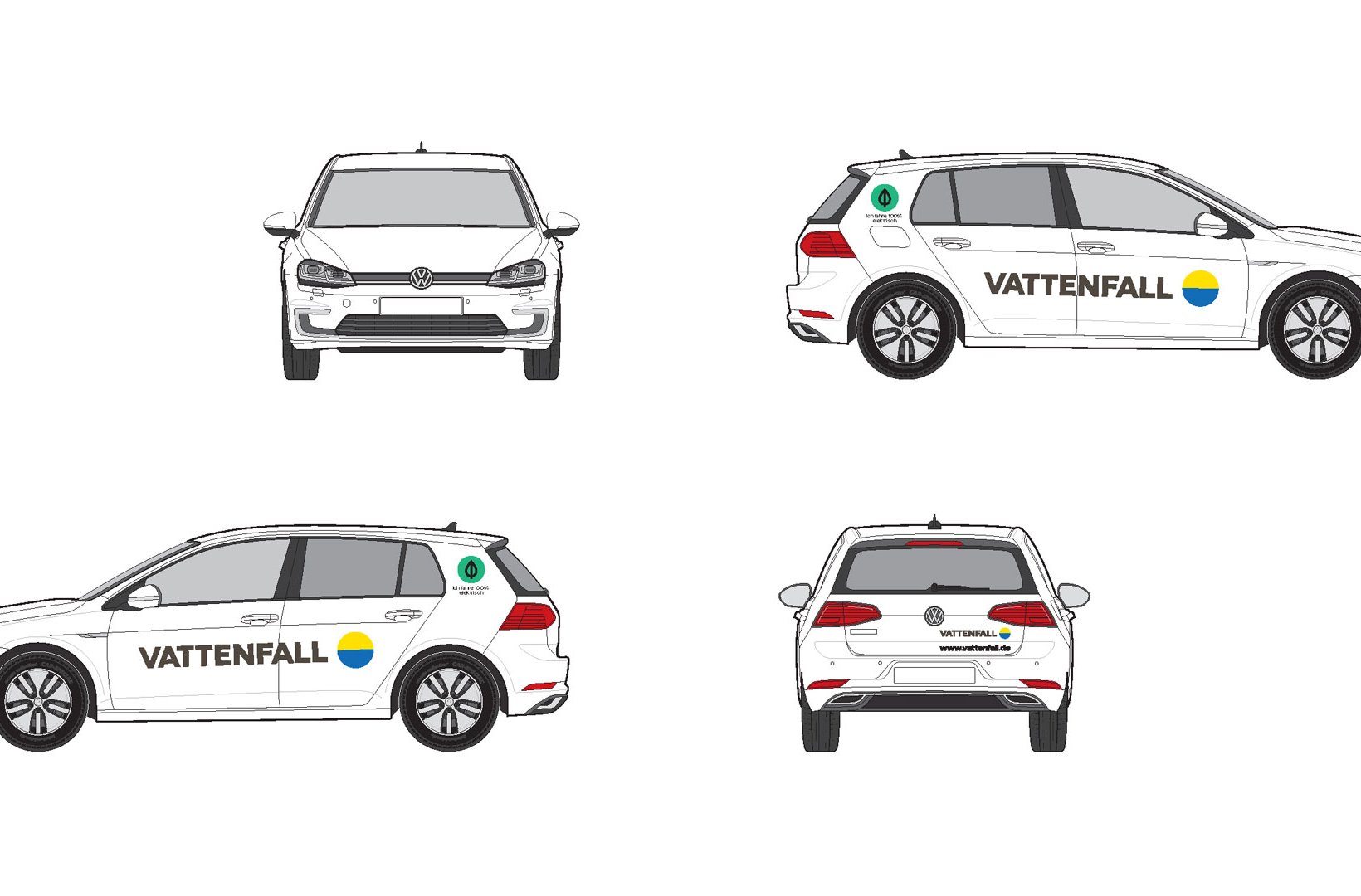
New policy to speed up electrification of car fleet
Vattenfall’s Executive Group Management has decided on new policies for benefit cars and commercial passenger vehicles to reach its ambition to electrify its total car fleet of 4,600 vehicles by 2030.
Tomas Björnsson, head of E-mobility says: “Our goal is to enable a fossil free society and the electrification of the transport sector is an important element in this transition. To our customers we offer the full-suite of solutions needed for an electric vehicle: Charging at home, at work, at business as well as access to an international public network of charge points. To walk the talk and reduce emissions in our operations, it is clear that we also need to electrify our own car fleet.”
Highest electrification rate in benefit cars
During the past three years, Vattenfall has successfully converted almost two thirds of the benefit cars to full electric or plug-in electric hybrid vehicles. Main success factor was to have a policy in place according to which all newly ordered benefit cars had to be electric.
Now, Vattenfall decided to proceed even faster and more consistently in the area of benefit cars. From the beginning of 2021, employees that are entitled to a management car (a sub-category of benefit cars), can only order full electric cars.
Commercial passengers cars in scope now
To progress further, Vattenfall also decided to introduce a new policy for commercial passenger vehicles. These are cars that are used for work-related purposes such as sales cars or normal passenger cars used in service operations. The new policy means that it is now only allowed to order an electric vehicle, unless it can be shown that this would cause a significant harm to the business. An exception could be for example when the vehicle is used in daily operative work where extreme situations occur (such as emergency repairs or when the vehicle needs to drive a high mileage each day).
“In the category of commercial passenger vehicles, we have so far seen less traction compared to benefit cars,” says Pieter Dumas, program manager of Vattenfall’s car fleet electrification. “Currently, only a quarter of these cars are plug-in hybrids or fully electric and we saw a risk that we would fail in our ambition if we did not act.”
Lack of van models a barrier
In the category of light commercial vehicles, which comprises small, medium and large vans, there is even less progress. Out of the 2,600 Vattenfall cars in this category, less than 2 per cent have been electrified so far.
“The main reason is that there has been a lack of available and suitable car models on the market. But this has changed recently, and we hope to quickly gain speed in also electrifying our cars in this category soon,” says Pieter Dumas.
Infrastructure is improving
The lack of charging points is often mentioned as a barrier for E-mobility. Vattenfall has invested quite heavily into charging points at the office locations. Today, 865 charge points are installed, most of them in Sweden, Germany and the Netherlands.
Vattenfall operates more than 16,000 charge points in Sweden, the Netherlands, Germany and Norway, and through its investments in public charging and roaming agreements with other operators, provides easy and affordable access to an international public network of charge points.



